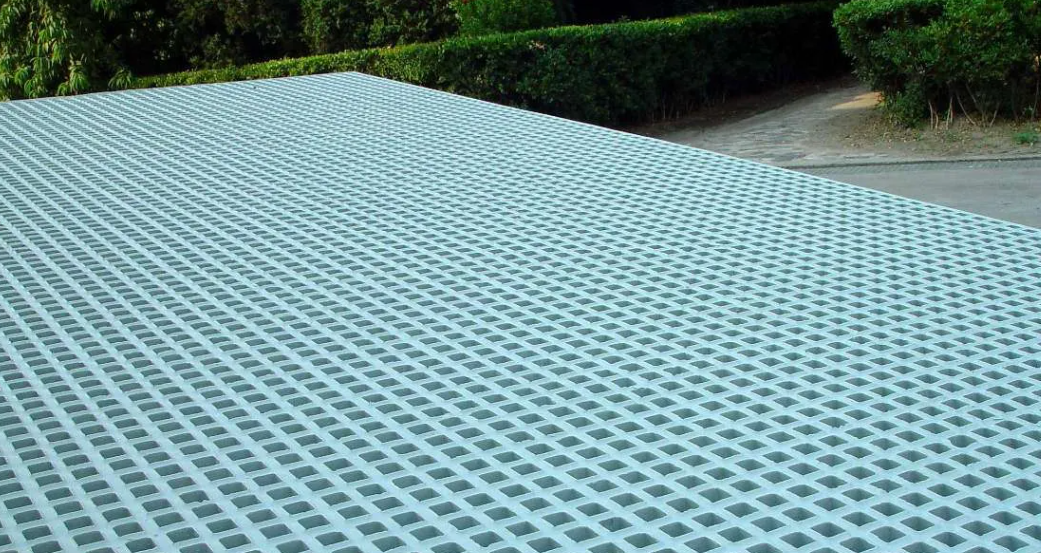In recent years, there has been a significant shift in the materials used across various industries, with a focus on sustainability and environmental conservation. One such material that is gaining popularity for its eco-friendly properties is Glass Reinforced Plastic (GRP), often used in the form of grating. GRP grate offers numerous environmental benefits over traditional materials like steel or aluminium, making it a preferable choice for eco-conscious businesses and projects.
What is GRP Grating?
It is a composite material made from a combination of fibreglass reinforcements and thermosetting plastic resin. This combination results in a lightweight, durable, and highly versatile material. GRP grating is used in various settings, including walkways, platforms, and drainage systems, due to its resistance to corrosion, impact, and slip.
Reduced Environmental Impact
Lower Energy Consumption
One of the most significant environmental advantages of grating is the lower energy requirements during its production. Unlike conventional materials such as steel, which require high temperatures and significant energy to produce, GRP can be manufactured at much lower temperatures, resulting in a reduced carbon footprint.
Minimal Waste Generation
Excess materials can often be recycled back into the production process, further minimizing the environmental impact. This contrasts with metalwork, which can produce considerable waste due to offcuts and the complexity of shapes.
Longevity and Durability
GRP grating is renowned for its longevity and durability, which translates into fewer replacements over time. Its resistance to corrosion, weathering, and chemical exposure means that structures made from GRP have an extended lifespan, reducing the demand for new materials and saving the energy and resources that would have been used in manufacturing replacements.
Reduced Transportation Emissions
The lightweight nature of this offers another environmental benefit — decreased transportation emissions. It is significantly lighter than metal or concrete alternatives, meaning that it can be transported more efficiently, leading to reduced fuel consumption and lower greenhouse gas emissions.
Recyclability and End-of-Life Disposal
While the recycling process for GRP is still developing, efforts are being made to recycle GRP materials effectively. Moreover, the long service life of this reduces the need for frequent disposal and replacement, mitigating the environmental impact associated with waste management and materials production.
Conclusion
In a world that is becoming increasingly aware of the importance of environmental conservation, GRP grate stands out as a sustainable material choice. Its energy-efficient production and recyclability are all aspects that contribute to its smaller environmental footprint. While there is room for improvement, the material’s inherent advantages make it a leading option for environmentally conscious construction and industrial applications that aim to minimize their impact on the planet.

